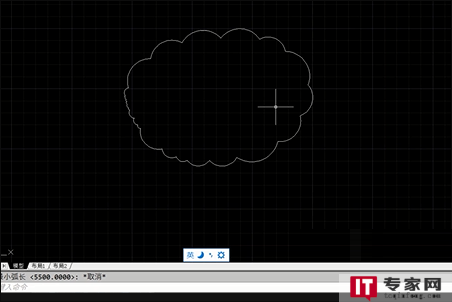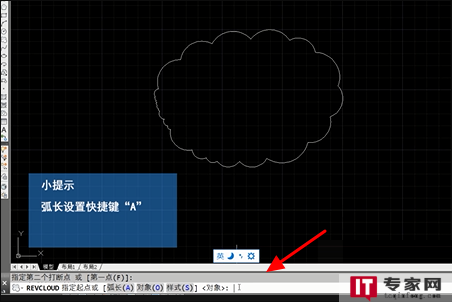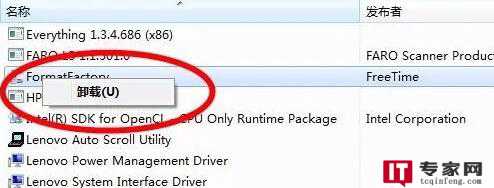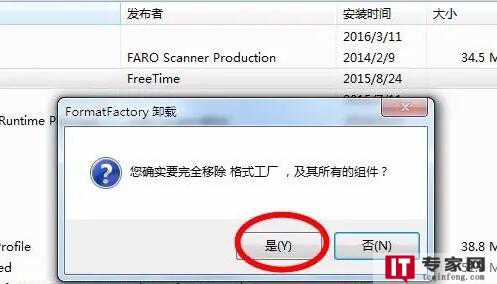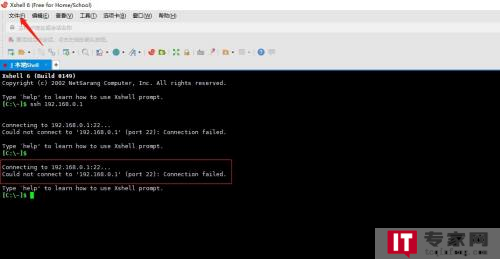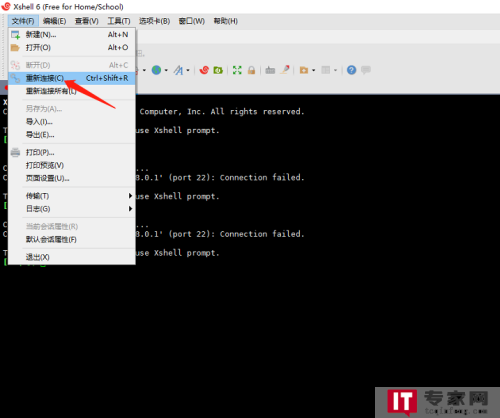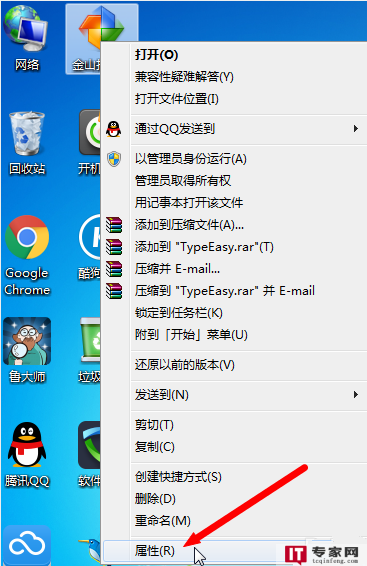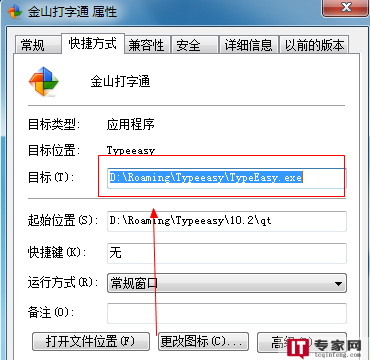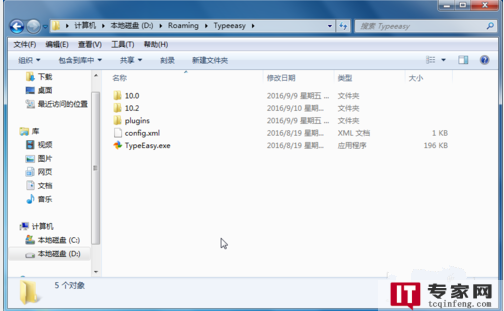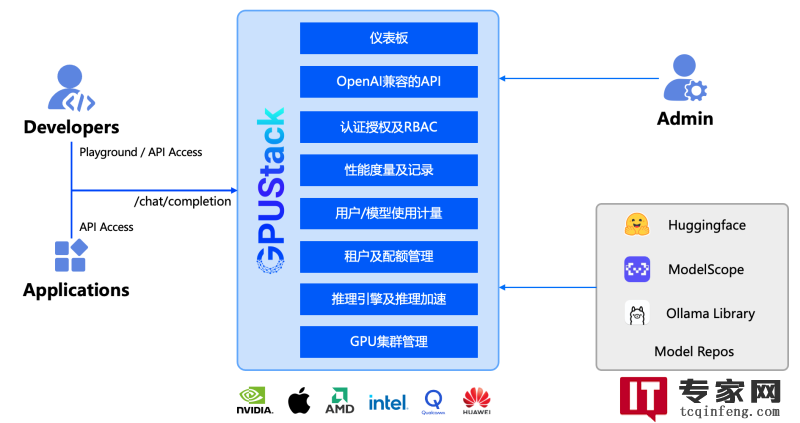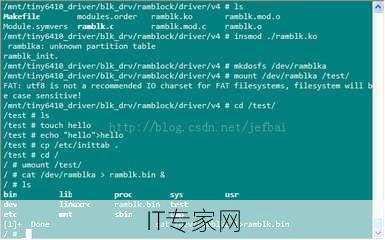Spring配置类如何编写?
Spring配置类的编写
Spring是一个著名的Java开发框架,提供了丰富的功能和灵活的配置方式,使得开发者可以更加快速、高效地构建应用程序。其中,Spring配置类是一种非常重要的组件,用于定义和配置Spring容器中的Bean对象。本文将介绍如何编写一个Spring配置类,并讲解其常用的配置方式和注解。
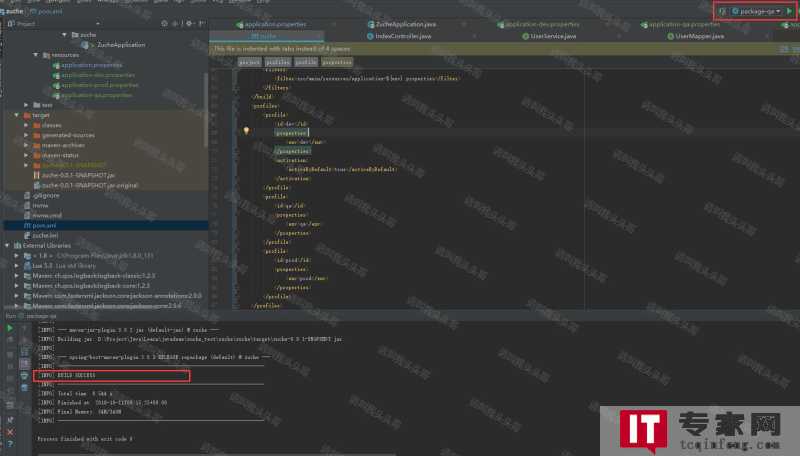
1. 创建配置类
Spring配置类是一个普通的Java类,使用@Configuration注解进行标记。可以通过直接在类名上添加@Configuration注解或者在类体内部使用@Bean注解来定义Bean对象。
创建一个名为AppConfig的配置类示例:
@Configuration
public class AppConfig {
// 配置Bean对象
@Bean
public SomeBean someBean() {
return new SomeBean();
}
}
2. 配置Bean对象
在Spring配置类中,可以使用@Bean注解来定义Bean对象。方法名称即为Bean的名称,方法的返回值类型即为Bean的类型。
可以在@Bean注解中使用initMethod和destroyMethod属性来指定Bean对象的初始化和销毁方法。例如:
@Bean(initMethod = "init", destroyMethod = "destroy")
public SomeBean someBean() {
return new SomeBean();
}
还可以使用@Scope注解来指定Bean的作用域,包括Singleton(单例)、Prototype(多例)、Request、Session等。例如:
@Bean
@Scope("prototype")
public SomeBean someBean() {
return new SomeBean();
}
3. 配置依赖注入
Spring中的依赖注入(DI)是一种重要的特性,可以通过配置类来实现。可以使用@Autowired注解或者通过构造函数、方法参数、属性注入的方式来实现依赖注入。例如:
public class AnotherBean {
private SomeBean someBean;
public AnotherBean(@Autowired SomeBean someBean) {
this.someBean = someBean;
}
}
需要注意的是,在使用@Autowired注解进行依赖注入时,需要确保被注入的Bean对象已经在配置类中被定义。
4. 引入其他配置类
在大型项目中,可能会存在多个配置类,可以通过@ComponentScan注解和@Import注解将它们引入到主配置类中。@ComponentScan注解用于自动扫描并注册被@Component注解标记的Bean,@Import注解则用于手动导入其他配置类。例如:
@Configuration
@ComponentScan(basePackages = "com.example.beans")
@Import({AnotherConfig.class, ThirdConfig.class})
public class AppConfig {
// 配置Bean对象
...
}
5. 使用配置类创建Spring容器
最后,可以使用AnnotationConfigApplicationContext类来加载配置类,并创建Spring容器。例如:
public class MainClass {
public static void main(String[] args) {
AnnotationConfigApplicationContext context =
new AnnotationConfigApplicationContext(AppConfig.class);
// 使用容器中的Bean对象
SomeBean someBean = context.getBean(SomeBean.class);
someBean.doSomething();
context.close();
}
}
总结
Spring配置类是定义和配置Spring容器中Bean对象的重要组件。通过@Configuration注解来标记配置类,使用@Bean注解定义Bean对象,可以灵活地配置Bean的作用域、初始化和销毁方法。同时,配置类也支持依赖注入和引入其他配置类,使得应用程序的开发更加简洁高效。


